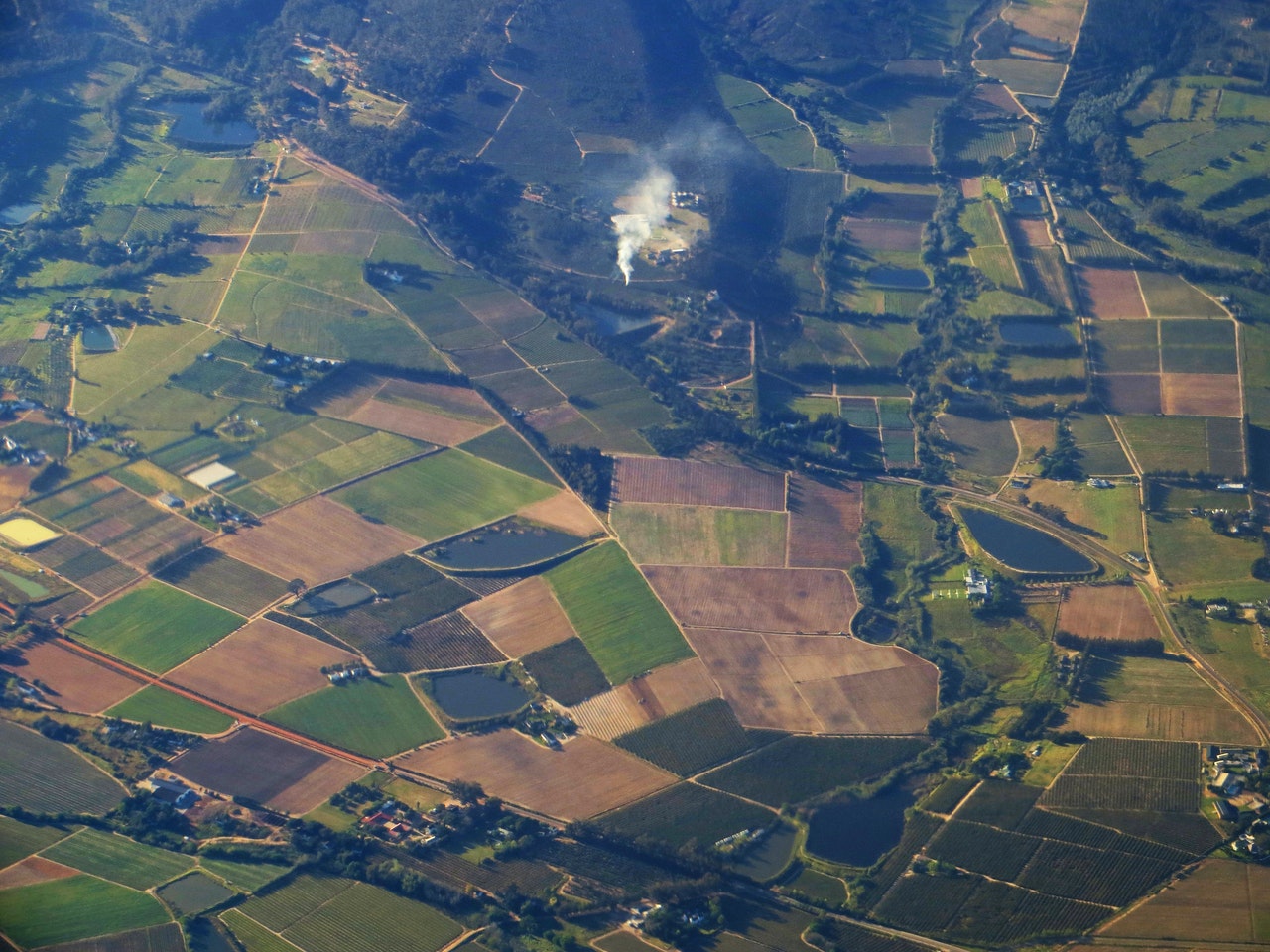For centuries, countries have battled over land rights and all that goes with them, including water, minerals, and livestock. There is no doubt that land is a precious and coveted asset, yet the degree of its value depends on the laws of supply and demand.
Throughout US history, wealthy land barons have accumulated mega fortunes from owning large parcels of land. However, land values can suddenly decrease at an alarming rate, such as during the Great Recession of 2008.
Like any investment, land ownership has many variables to consider. However, the potential of generating a passive income with low overhead makes this type of investment worth investigating.
Why Should You Consider Owning Land for Passive Income?
Many investors often overlook raw, undeveloped land. Instead, most prefer developed land that produces income from rentals, oil royalties, or businesses. However, as long as you consider the risks and conditions, you can use raw land to establish a source of passive income without the high cost and start-up expenses associated with investing in fully developed land.
How Can You Generate Passive Income with Land Ownership?
One advantage of investing in raw land is flexibility. For instance, you can:
- Dedicate the land for vehicle storage: Raw land in the right location can provide a great storage place for owners who live in congested cities. You can also offer storage for heavy equipment.
- Lease to farmers or flower growers: The land’s proximity to farmers and other agriculture concerns is essential for this venture.
- Make a campground: With some slight arrangements, you can create an attractive area where people can get away from everyday life and enjoy nature.
- Invest in a solar farm: This venture may be expensive to set up, but it can be an excellent source of passive income.
- Rent out the land for events: You can create an excellent source of passive income by renting out your large plot of raw land for festivals and special occasions like weddings.
Is Investing in Land for Passive Income Risky?
Investing in raw land comes with a lot of volatility. For example, the recession of 2008 caused a profound drop in raw land prices because commercial and residential developers stopped shopping for land to develop into commercial and new residential housing. But, on the other hand, land prices rose from $2,000 per acre in 2010 to $3,160 per acre in 2020.
Since your passive income stream would not be overly dependent on land values, your land investment for passive income would be less volatile. However, if you use financing to keep your passive income enterprise going, land values would come into play because most lending institutions base their loan amounts on the loan-to-value ratio.
What Are the Advantages of Investing in Land for Passive Income?
There are several advantages for this type of investment, including the following:
- Easy entry into the land market: In most cases, land sales are private transactions that usually don’t require credit checks or lengthy paperwork. In addition, since the prices of undeveloped land generally range from $2,000 to $3,000 per acre, financing is rarely needed.
- Dealing in a buyer’s market: Fully developed, turnkey properties gobble most of the demand for land. This gives you a lot of leverage in raw land deals.
- Generally meager maintenance requirements: You don’t have to deal with residential renters or maintenance duties. Usually, you pay your property taxes and pull a few weeds now and then.
What Are the Disadvantages?
Like any investment, raw land investing for passive income has its shortcomings. The main negatives are:
- Low liquidity: Since raw land is more difficult to sell than developed land, the money you use to purchase the land is effectively out of circulation.
- Small tax breaks: There is very little depreciation on raw land investments. Also, if you bought the property in cash, there is no mortgage deduction.
- Stressful building approval and permits process: You are at the mercy of local zoning laws that dictate almost anything you do to the land. Plus, the approval process can be long and difficult.
How Can You Look for Available Land for Passive Income?
You can start shopping for land for sale at public tax sales, estate sales, and foreclosure auctions. In these marketplaces, many sellers are more interested in unloading the property than getting a premier amount, making it easier for you to find some bargains.
In addition, you can try online industry websites with mega listings and professional-quality property profiles. Some of these parcels have water, high-speed Internet hookups, and underground electricity. The most popular online marketplaces are land.com, lotnetwork.com, and landflip.com.
What Should You Consider before Investing in Passive Income Land?
With any potential investment, doing your due diligence is essential to securing the best outcome. Buying land for passive income is no exception. Crucial factors like location, neighboring properties, tax implications, extra costs, and road access can significantly influence your land’s ability to generate passive income.
Before you agree to any deal concerning raw land, you should have a solid understanding of:
- Growth potential, by gauging present and future demand for the land
- Current federal, state, and local laws about land ownership
- Amenities like water, electricity, septic equipment, and other utilities
- Regulations governing public access to the land
- Ingress and egress easement rights
- Whether you have a simple title with surface, air, and mineral rights
Is Investing in Land Right for You?
Investing in raw land is a risky business, but the potential for gaining substantial returns makes it an attractive passive income opportunity. If you are looking to establish a low-overhead, low-maintenance passive income source, this type of investment is a strong candidate for consideration.

